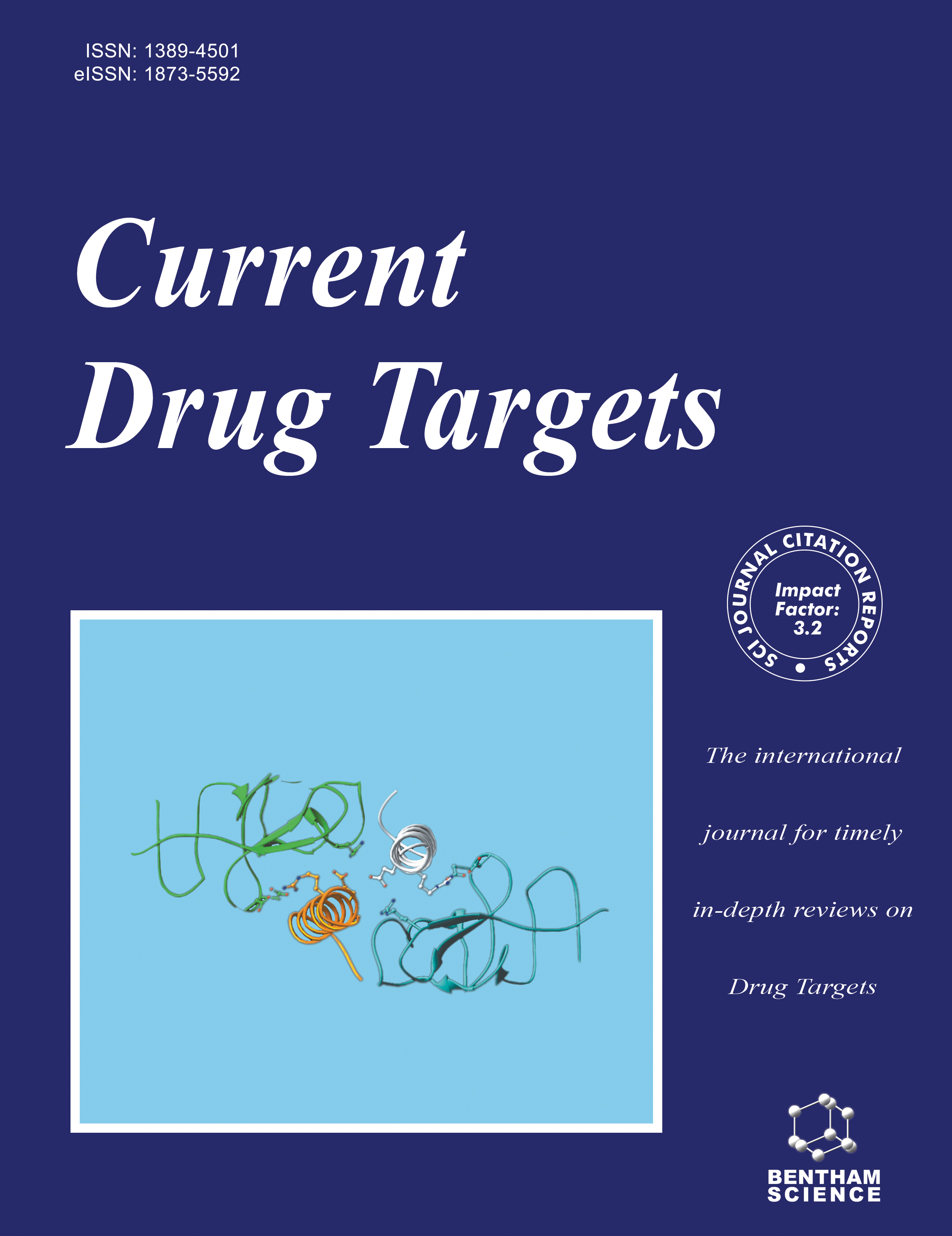
Full text loading...
Kidney stones have always been a significant matter in the healthcare sector worldwide, with a high prevalence rate, especially in women. Urolithiasis is the solid mineral deposits in the renal calyces and kidney pelvis. Expounding upon the pathophysiology, various mechanisms such as supersaturation, crystallization, and aggregation are explored. Some new targets can potentially stop the disease's underlying cause that has been found.
To compile the Recent Progression and treatment approaches for kidney stone management.
A systematic review was conducted using a comprehensive literature search on the roles of osteopontin, vitamin D, nephrocalcin, and other factors in kidney stone formation in Google Scholar, PubMed, Elsevier, etc. OPN is a multifunctional protein that limits the formation of stones by participating in resorption. The other is the concentration of vitamin D, which raises calcium absorption and causes kidney stones to form. Further, the review encapsulates the spectrum of treatment approaches encompassing phytoconstituents, pharmacotherapy, and minimally invasive procedures, including surgical interventions.
From the Phytochemical-based literature survey, Rubicodifolin, L-ascorbic acid, Thymoquinone, etc., show promising activity in managing kidney stone. Apart from that, we have found such data that has been published in reputed journals. This synthetic drug-based approach shows traditional drug-based targeting. Where Nifedipine, Chlorthalidone, Allopurinol, etc., were used for symptomatic relief. Peptide-based approach reveals that several peptides for the treatment of kidney stone, where Lumasiran, a phase III clinical trial peptide molecule, targets glycolate oxidase and reduces calcium oxalate crystal levels.
To implement more effective treatments, it is necessary to identify and develop a targeted therapy for the druggable targets. Various such druggable targets have been reported such as osteopontin which has come out as a protein with various functions including involvement in the inhibition of crystal adherence to the renal epithelium. Another such target is vitamin D and nephrocalcin.

Article metrics loading...

Full text loading...
References


Data & Media loading...

